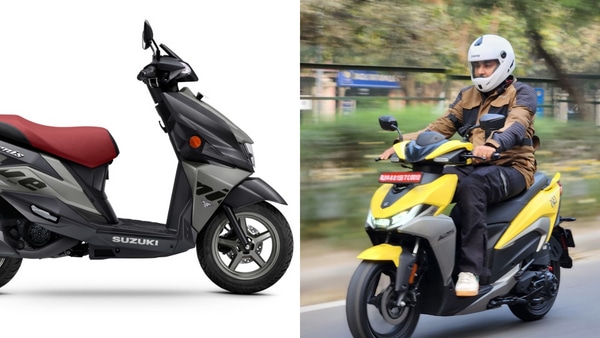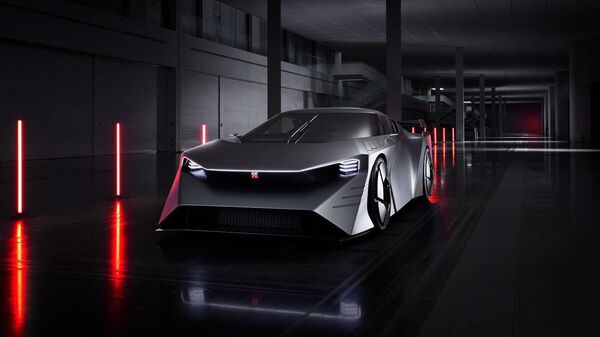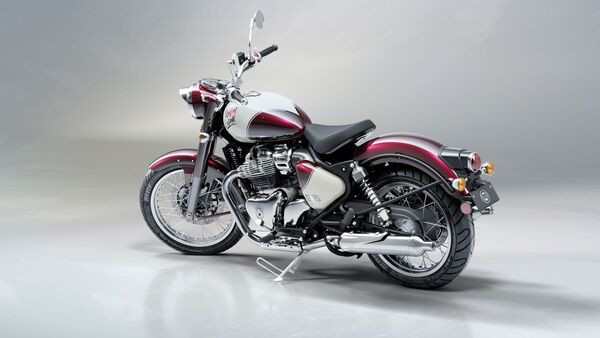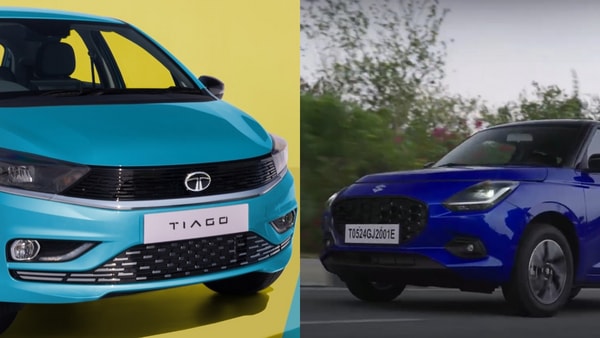
Chinese are buying fewer cars (but more EVs). Here's why
6 months ago | 74 Views
All is not well in the world's largest car market. Sales have fallen for the fifth consecutive month and there are no on-ground signs of the slide being arrested. Although still far ahead of second-placed United States, China is witnessing subdued demand for four-wheeled options that are primarily powered by an internal combustion engine (ICE). The only consolation? Sales of electric vehicles (EVs) continue to increase, just not at the pace previously anticipated.
China is the world's largest market for cars as well as the largest manufacturer of such vehicles, cutting across powertrain options. All-electric models as well as hybrids and plug-in hybrids here are referred to as New Energy Vehicles or NEVs. And while sales of NEVs have been rising, the overall figures have increased concerns among manufactures - both local as well as global.
As per the latest sales data released by the China Passenger Car Association (CPCA), sales of cars in the country in August to 19.2 lakh units, down 1.1 per cent from August of 2023 and 3.1 per cent from July. In fact, the decline in overall sales has been continuing since April. Is a thaw in the vibrant Chinese automotive market around the next bend?
Overall sales of passenger vehicles in the local Chinese market in the first eight months of this year is up by 1.6 per cent compared to the first eight months of 2023. But the concern is that the declining y-on-y sales has lasted longer this year and there is no end expected anytime soon. And while the issue of semiconductor shortage was prevalent last year, 2024 has seen this evaporate and yet, sales decline.
Why are car sales falling in China?
According to CPCA, multiple factors at play are impacting car sales in the country. These range from falling customer confidence in new-car purchase to customers opting for other high-value purchases. The gradual decline in popularity of ICE vehicles and the inability of NEVs to fill the gap, has also contributed to slower overall sales. Local market watchers also say that potential customers are continuing to adopt a 'wait and watch" strategy which is adversely impacting sales.
But all is not gloomy for the industry as a whole.
China sees EV sales, exports rise
As per CPCA data, sales of NEVs increased by 43.2 per cent and contributed to 53.5 per cent of overall car sales in the country. BYD remains the power player here and continues to be in a tough tussle against US-based Tesla. Both manufacturers saw record sales in the month of August. What continues to add wind to the sails of NEVs is cash subsidy of up to 20,000 yuan or approximately ₹2.35 lakhs.
Even car exports in August from China rose by 24 per cent after a 20 per cent rise in July. This despite higher tariff on China-made EVs announced by EU, a key region of play for local Chinese brands.
Read Also: World EV Day: Is India ready to embrace ‘afffordable’ electric cars?
#




















